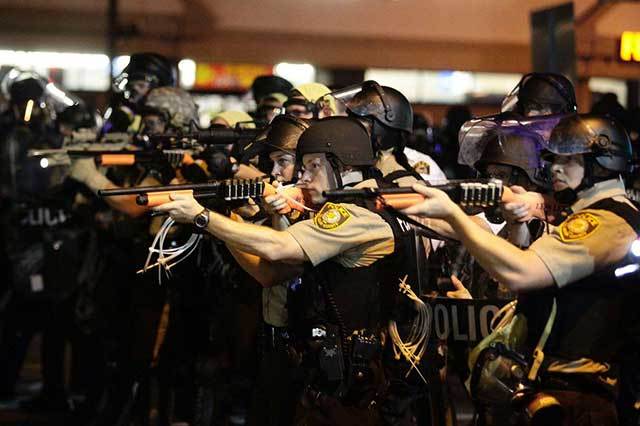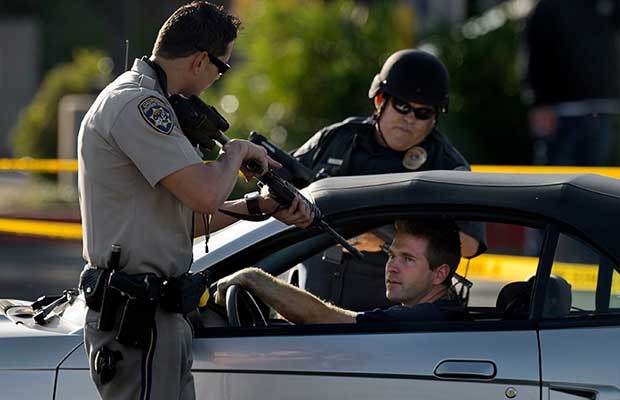
Why do you need protection?
If you’re going to prepare for the worst case scenario, a bullet proof vest needs to be part of your plan. When SHTF, personal protection is really your number one priority– even food and water can wait if you’re not safe from the danger of other people.
Aside from getting a weapon to defend yourself, you’ll need something to defend yourself from other weapons. Since smart shooters will be aiming for your torso above all else, this is the first area you want to protect, and the best way to do so is with a body proof vest.
Of course no vest will protect against absolutely every weapon, so you will have some decisions to make. There are tradeoffs between level of ballistic protection and comfort/conceal-ability that need to be considered when choosing a bullet resistant vest. Generally, vests that protect from high caliber rounds are bulky, cumbersome and their presence is obvious. Covert bullet proof vests are far more concealable and comfortable to wear, but don’t provide optimal protection.
What’s the best choice?
So what’s best for a survivalist? In almost all cases, you will want to procure covert, wearable body armor. Wearability and concealability are supremely important. You have no idea how long you’ll need to wear it, so preparing for long periods of time is wisest– there’s no telling when you’ll be safe enough to take it off.
Covert bullet proof vests are worn under clothing and have comfortable linings. Many are made with CoolMAX lining, which is designed to regulate your core temperature by letting excess heat out of the vest. For those who are irritated by synthetic fiber, cotton-based alternatives are also available.

Concealability is equally important. OPSEC for preppers is a must-know, and avoiding “indicators” — things that signal to people that you’re well prepared — is very important. If people know how well prepared you are, this makes you a clear target. If you’re seen parading around in an overt body proof vest, people will know that you have your act together, and likely have some other useful stuff to take.
For this reason, it’s recommended that you don’t get anything higher than level IIIa– upwards of that level, you’re getting into ceramic plates which can’t be concealed. One thing to consider is that the lower the level, the easier it is to conceal. Level IIIa soft armor may still “print”, or show its outline underneath clothing.
Of course sacrificing bulk also sacrifices protection. Level IIIa will protect against most common weapons and also minimize blunt force trauma, an often overlooked benefit. If you go lower than that, you’ll have some vulnerabilities, but on the other hand you’ll be more stealthy.
Heavy Weapons and Blades
The only other thing to consider is the possibility of heavy weaponry. As you may already know, getting to know your neighborhood is a very important factor in planning. If it looks like you might actually be threatened by heavy weapons, get some small arms protective insert (SAPI) plates and store them in a safe place. Only put them on when you need them– no need to go traipsing around with an extra 15 pounds of weight for no reason.
Also consider getting vests rated for stab and spike protection. Blades and points are different than bullets, and bullet proof only vests will not protect against them. Overall, it’s key to know that no body armor will protect against everything. The best defense is preparation and staying calm in the face of danger. Even then, having the right bullet proof vest may save your life.




















